Repairing a Macintosh IIci power supply - NIGHTMARE !!!
Sunday, November 16, 2014, 08:05 PM
Posted by Administrator
A few days ago I got a working Macintosh IIci, which I want to use for Apple's UNIX (A/UX) experiments. After turning it on, it ran for about 5 minutes, then a creepy sizzle sound occurs and it began to stink like hell.
I immediately switched the Mac off and tried to look what happened.
I located the strongest smell from the power supply, so I tried to remove the power supply cube.
First annoying problem: I didn't know how to remove it, there were no screws.
After I used Google, I found this picture:
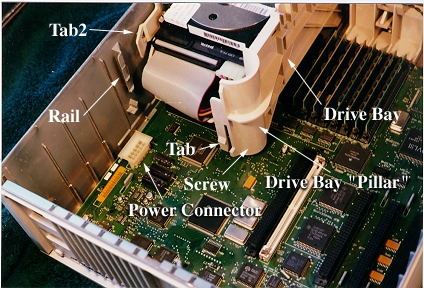
There is a kind of a pillar with a tab you have to pull (away from the power suppy), then it will be possible to pull it out.
But this was not the only problem. Getting both sandwich-alike arranged pcbs out of the cage is really hard. There are three screws inside the case, but there is a molex-alike plug also which was tightened like hell. And you have to remove the fan and a small metal box with the AC plug also btw.
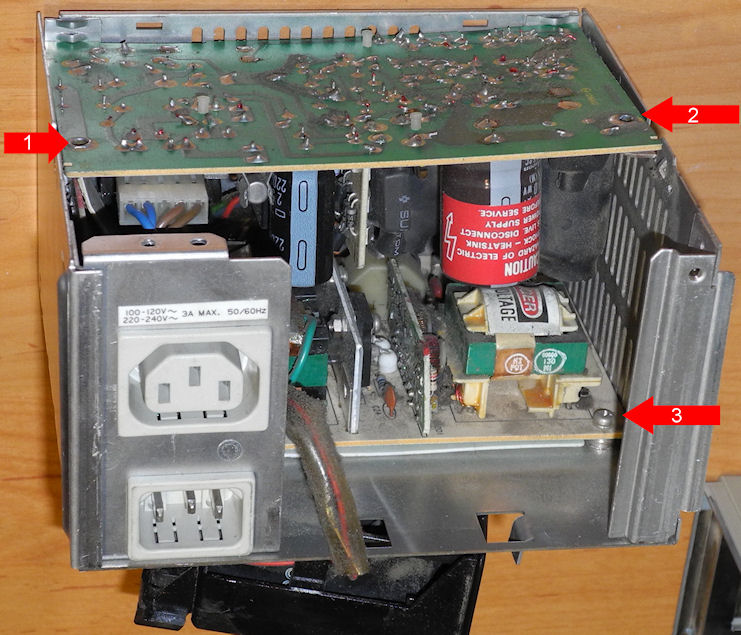
The power supply PCB finally showed the bad guy ...
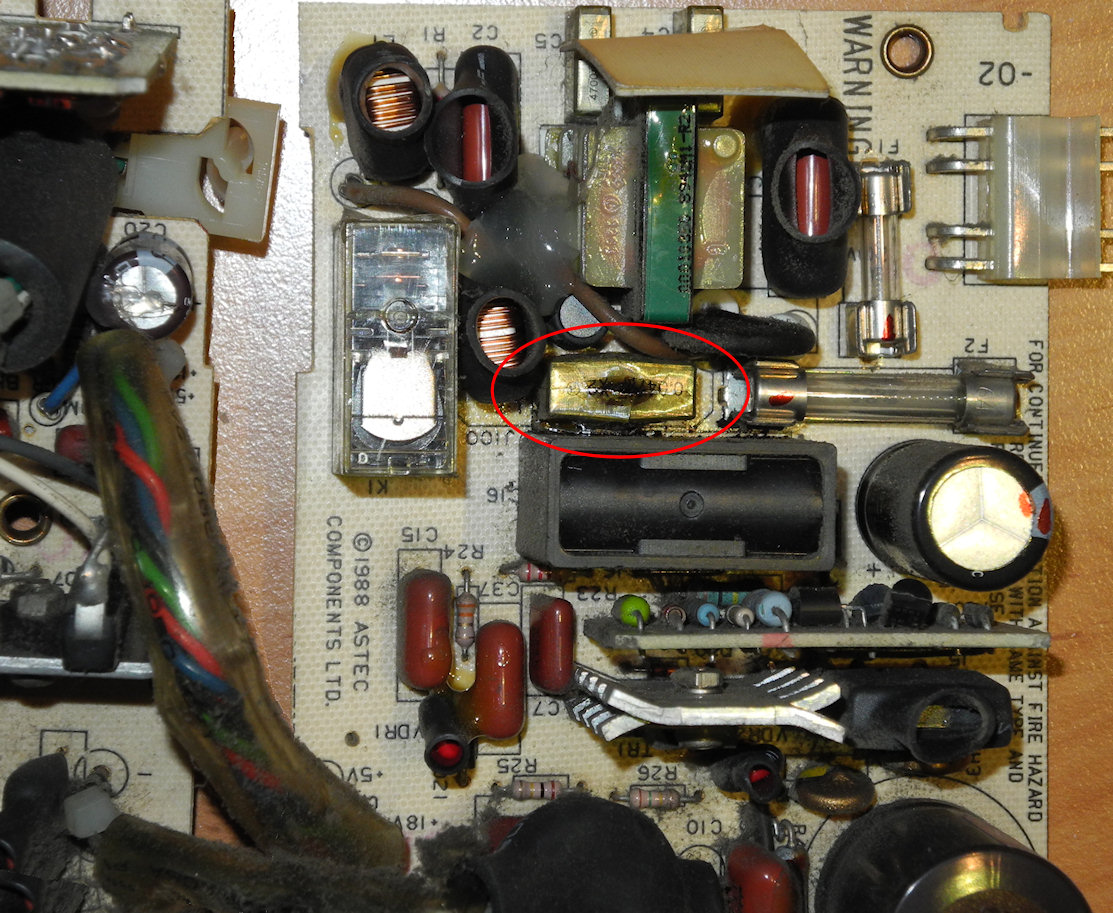
... it was a blown capacitor (0.047 uF):
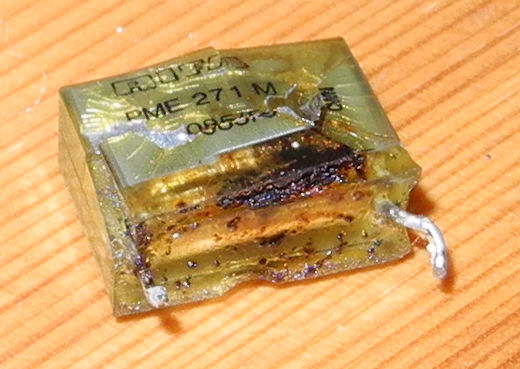
After replacing it, the NIGHTMARE began.
I tried 2 hours to reassemble it, but the screws didn't hold it again, and the small AC plug metal box didn't fit in the bracket/clips, also because you have to use also one of the screws which hold the lower PCB:
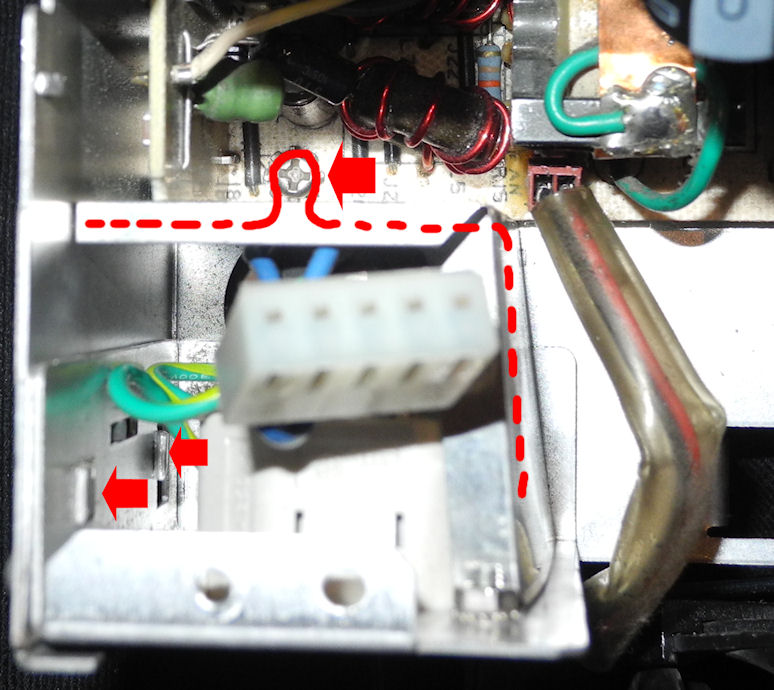
Also, connecting the fan power has to be done in the right order, BEFORE reassembling the AC plug !
I was really pissed off, the designer (ASTEC) of the power supply must be a real idiot.
It is really NOT designed to be fixed.
Last but not least, the Macintosh IIci worked again, see the screen:
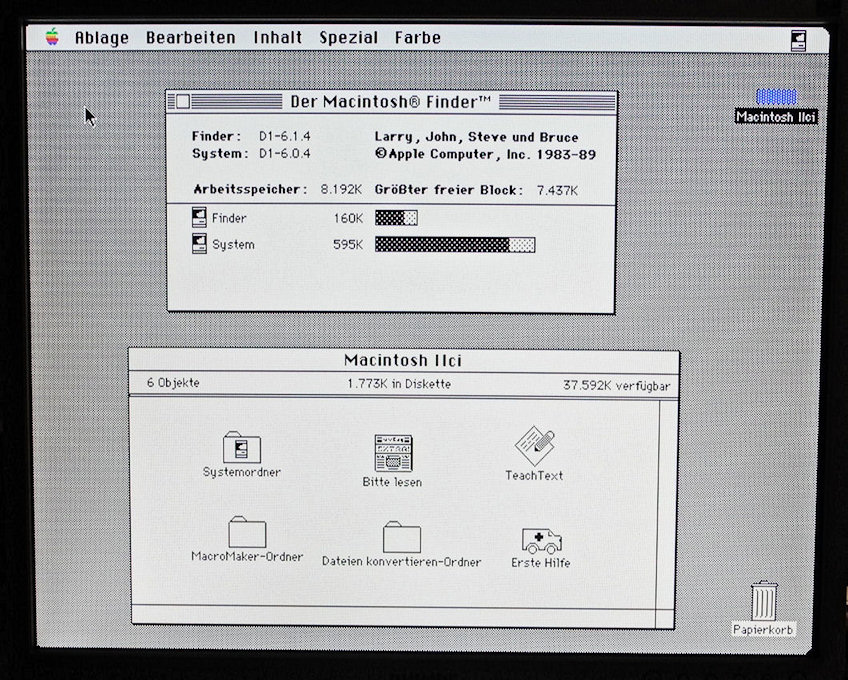
The related link points to Al Brower's Mac IIci pages.

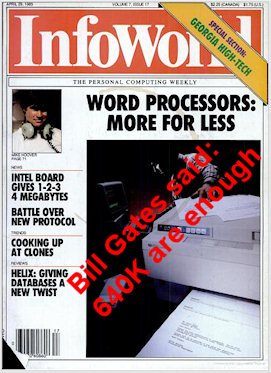




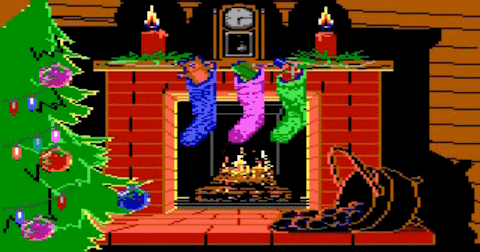
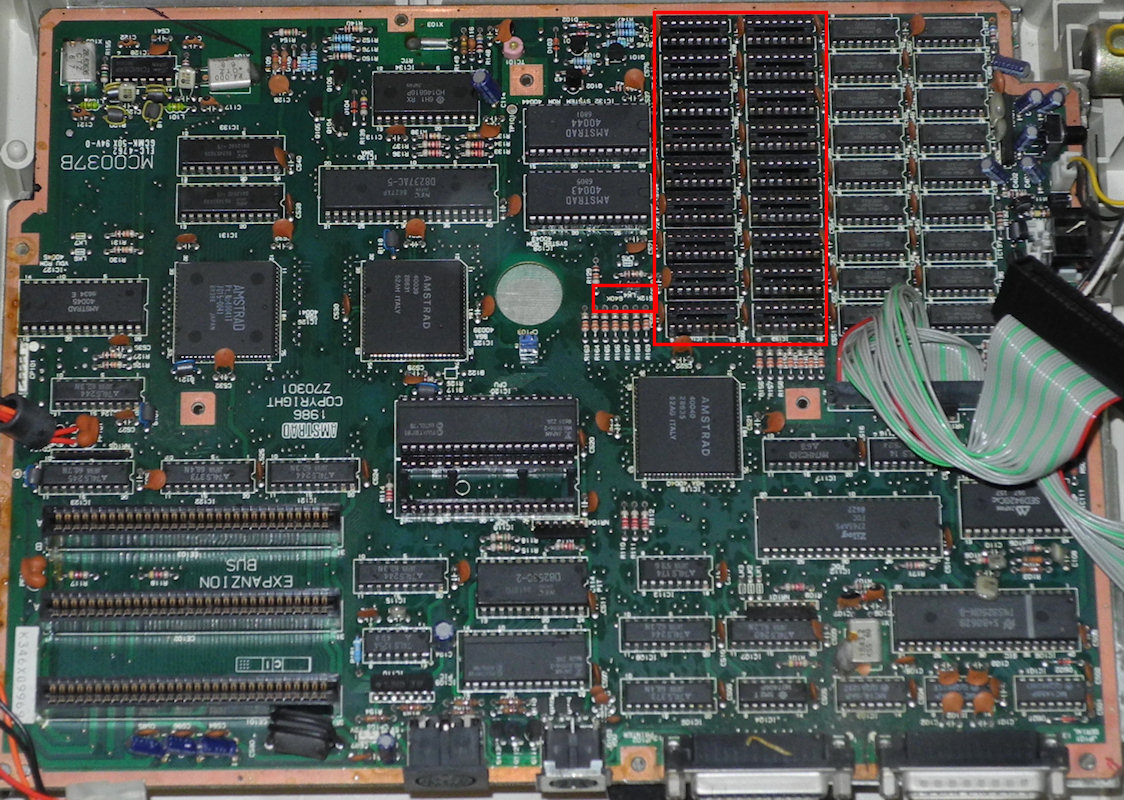
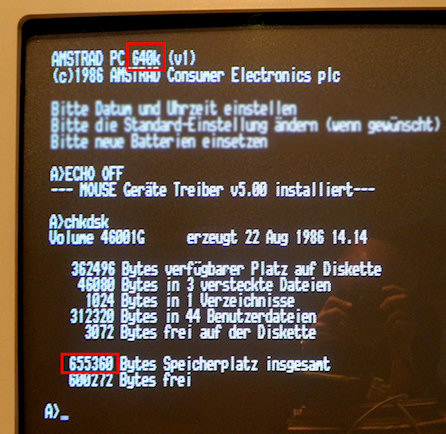








 Random Entry
Random Entry




